it’s the organic that causes problems in the landfills.
A typical landfill heap in Morocco can retain something 20 to 25% water content (calculated from characteristics estimates of the waste and the leachate release rate). The rest of the water that is being buried with the waste, roughly the same amount or more, will leak off due to gravity and pressure from the hundreds of thousands of tons of waste stacked on top. This water is called leachate.
When the leachate trickles through the landfill, it extracts soluble or suspended solid organic and non-organic matter; none by itself is toxic in the beginning. However, inside the landfill, the oxygen is consumed quickly creating an anoxic environment. As the pH value drops the acids can dissolve anything: metals, cement, salts, batteries, prints on paper, and plastics. The resulting effluent, the leachate, is a heavily odorous black toxic, and cloudy liquid.
Leachate is known for very high BOD5 and COD levels, 10,000 and 20,000 mg/l, sometimes as high as 60,000 mg/l and 80,000 mg/l respectively. In old mature leachate basins concentrations of more than 200,000 mg/l are possible.
Conductivity is the other main parameter that can be exceptionally high in Moroccan leachate. Conductivity is a general measure of pollution in water, and more specifically for salinity and temperature increase, conductivity increases, when the quality of water deteriorates.
Leachate once produced will not disappear. Some reduction in stock occurs regularly in summer through natural evaporation.
In Morocco, the organic waste contains around 70% water. Municipal Solid Waste in Morocco has an organic content of more than 70%; that means total water landfilled amounts to roughly 500 liters (@ 70%, 70%), per tonne of MSW waste.
This means we produce 200-300 liters (25% is retained) of leachate for every ton of municipal solid waste that is put on the landfill, precipitation/evaporation not counted. Leachate runoff is stored in very large basins, and these take up sometimes most of the landfill space.
leachate in Moroccan landfills.
Leachate production numbers and the leachate stock stored are sometimes hard to come by.
The biggest and best-documented example has always been Rabat/Oum Azza, one of the first and the largest sanitary (with geomembrane liners) landfill, that controls leachate flow and prevents leachate from disappearing into the underground water body and contaminating the environment.
- mixed solid waste (MSW) received per day: 2000 t/day – 2300 t/day.
- waste received per year: 784,750 t/year.
- 25% of which is leachate produced per year: 196,188 t/year.
- the volume of storage pond necessary to store 3 years of leachate: 784,750 m3.
In 2022 Medias24 states 450,000 m3 are stored in basins in Oum Azza.
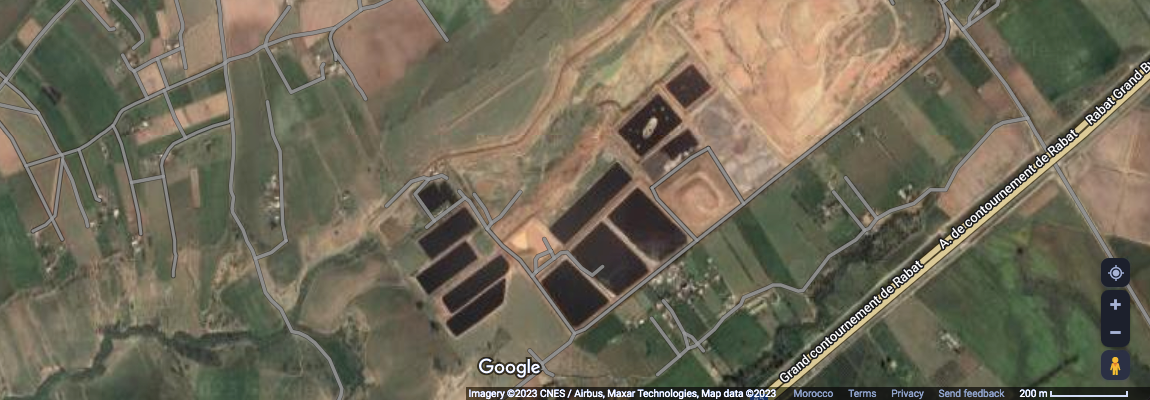
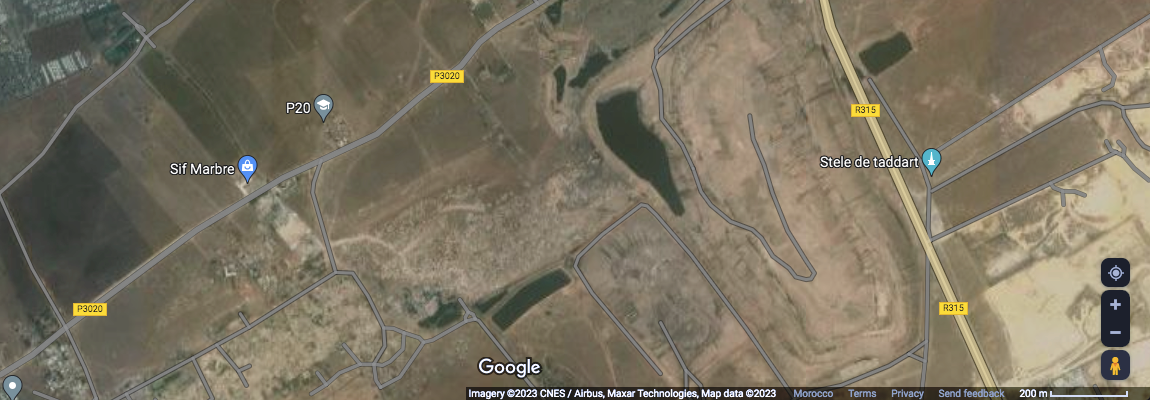
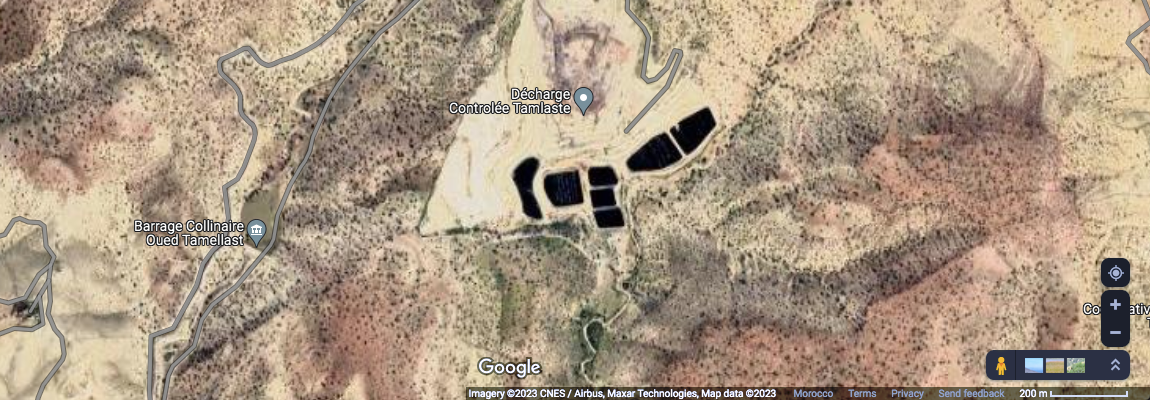
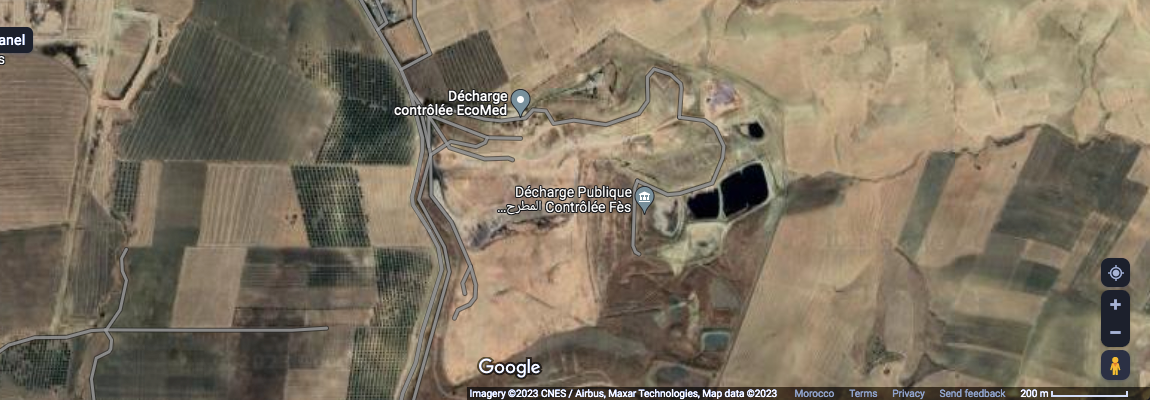
Moroccan landfills and leachate.
What we know and what we estimate.
We believe that some 2,000,000 m3 of leachate, old and new, are stored in leachate basins in urban landfills in Morocco.
leachate treatment with generizon/Rotreat. reverse osmosis.

The stock of leachate keeps growing as the volume of the landfill grows. When the ponds that keep the leachate fill up to the limit, costly treatment methods need to be applied, which may amount to major engineering challenges that encompasses a variety or all of the methods:
- biological treatment,
- physical/chemical treatment,
- technologies such as reverse osmosis (RO),
- ammonia stripping.
- or forced evaporation,
- heating/boiling.
generizon with German/Austrian technology partner, Hydreatio/Rotreat, offer a complete roadmap and the installation and exploitation a leachate treatment plant. Rotreat since 1993, focuses exclusively on the operation and development of membrane systems, we offer the plant technology, which is built around the radial channel disc tube module (RCDT), Rotreat, has treated 100 million m3 of different leachate and industrial wastewaters.

The energy consumption especially of the new RCDT module is particularly low, 6 – 8 kWh/m³ leachate (wastewater) treated, very low compared to other treatment systems. It is important to define what shall be treated and at what cost.
Some treatment methods are lengthy, certainly costly, and to be applied repeatedly. There is no magic that does away with leachate! Multi stage treatment systems can reach much higher energy consumption, up to 60 kWh/m³ (eg. with evaporation).
the best solution for leachate. don’t landfill organic waste.
generizon shows another way of how to prevent production of new leachate.
A relatively small effort upstream in the waste-cycle has huge benefits downstream: The steps to follow are logical. simple. generizon.
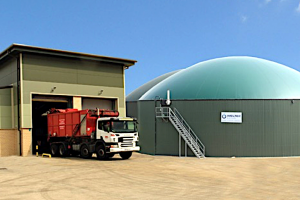
- waste separation at the source.
- start with grand producers. markets. supermarkets. slaughterhouses. fish and other food industry. restaurants and hotels.
- channel organic waste to an anaerobic digester. generizon’s organic waste-to-energy project.
- no leachate production because no land-filling.
- consequently no leachate treatment costs.
up to 50% leachate reduction for a city with 1000t/day of solid waste.
This applies to Agadir, Fes, Tanger and Marrakech. All of the four have around 1000t/day municipal solid waste MSW, with the aforementioned characteristics, 70% organics with 70% water content.
What if we manage to divert 20% of the wettest and most problematic organic waste streams away from the landfills into anaerobic digestion facilities, generizon’s waste2energy project.
- like hotel, restaurant, canteen and other kitchen waste,
- like slaughterhouse waste, chicken and red meet waste,
- like vegetable, fruit, fish and poultry market and wholesale market waste,
- like return and expired food stuff from supermarkets,
- like confiscated food stuff,
- like agro-industry waste, from fish, dairy, canning, juice production facilities.
If we divert 20%, that is 200 tons/day, we reduce leachate production by up to 50%!
Let’s assume we go in phases, as generizon’s solution is modular. Let’s start with 5%, 50 tons/day, that reduces leachate production on landfills by 11-12%/year. Still nice, and clean and 100% sustainable.


